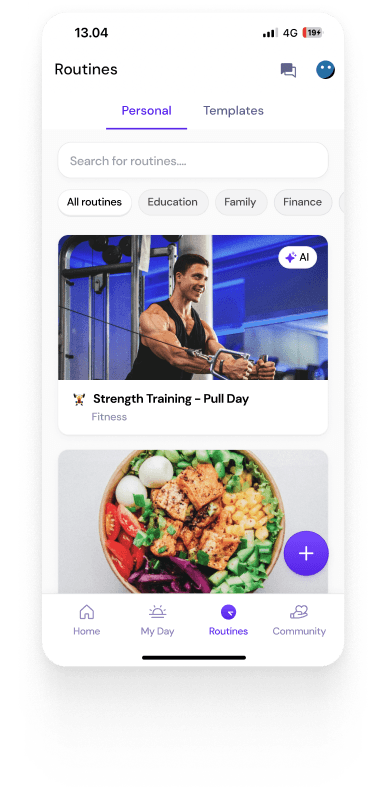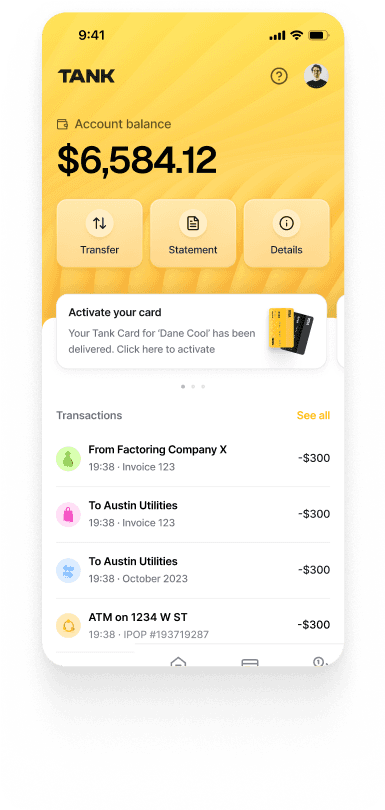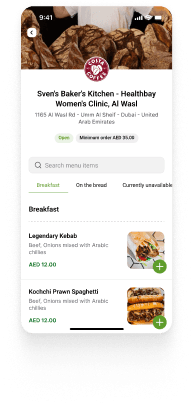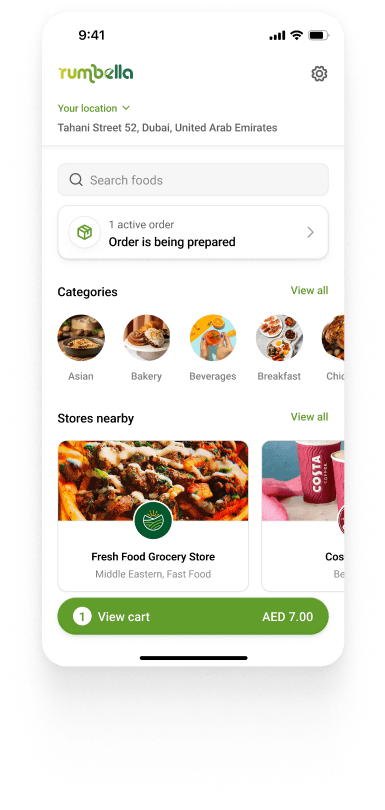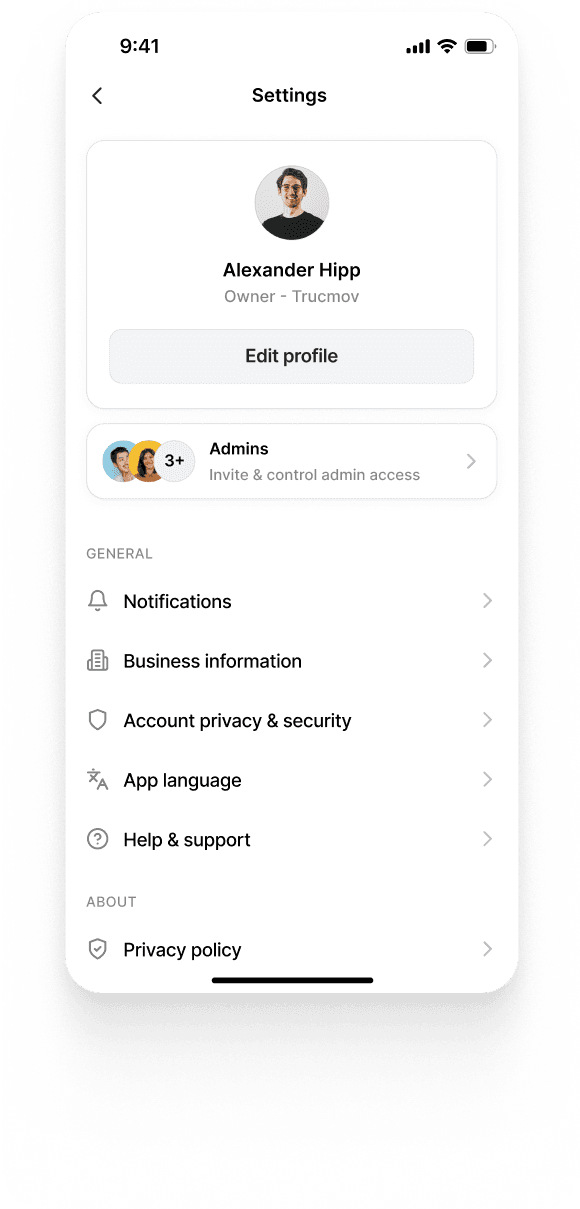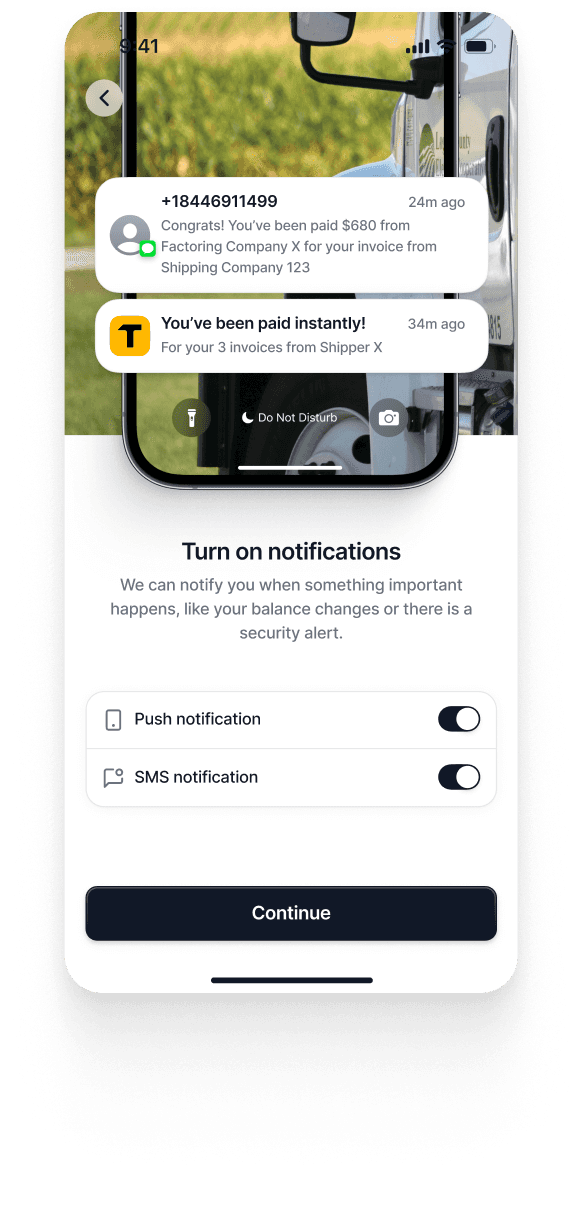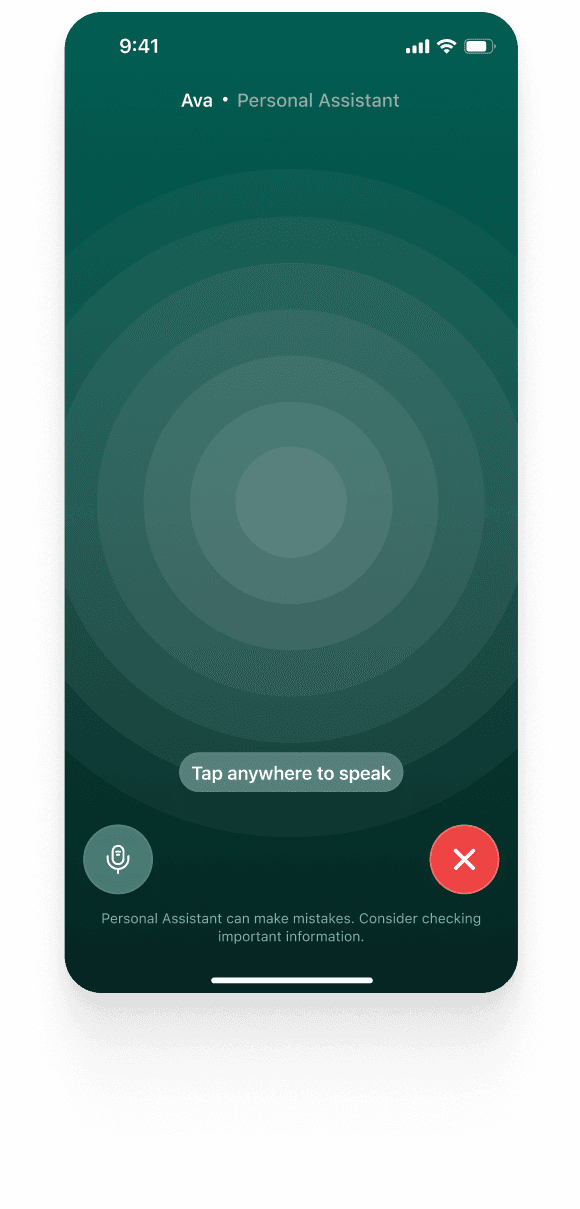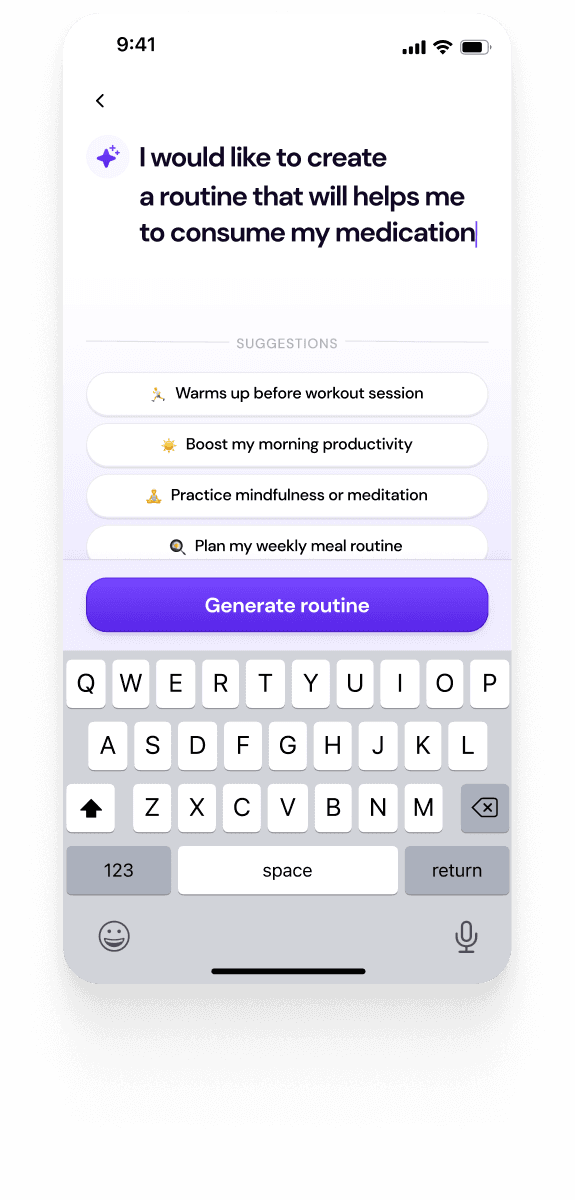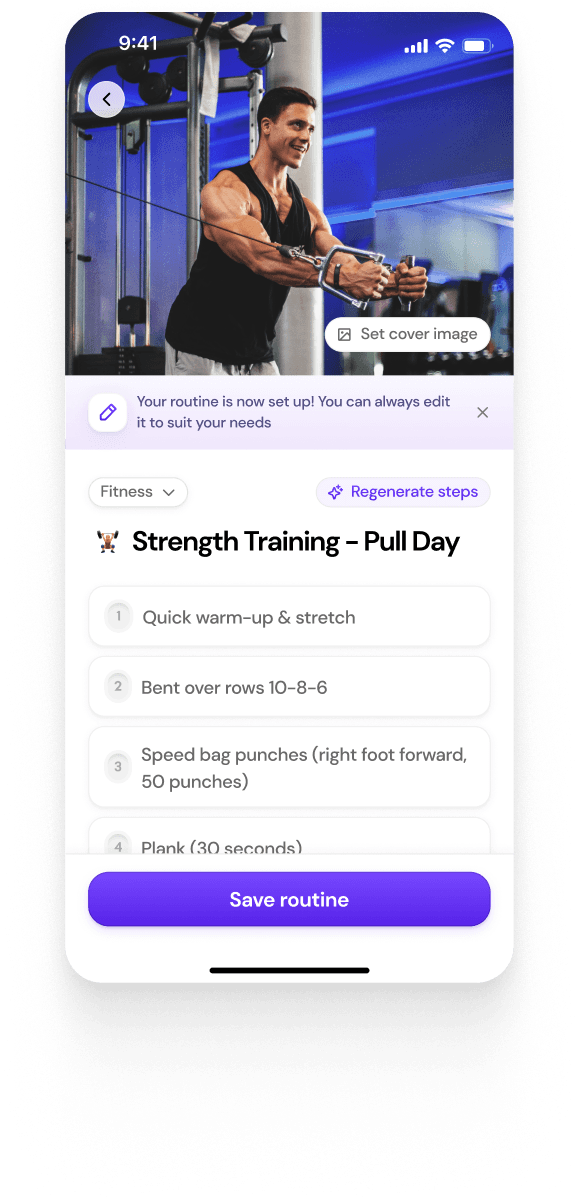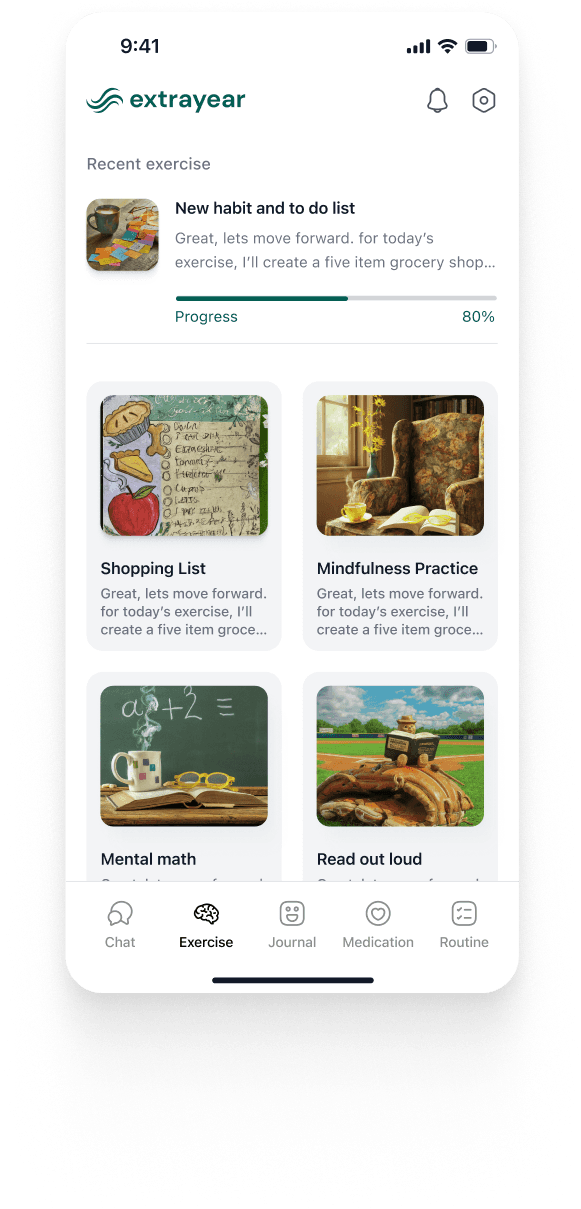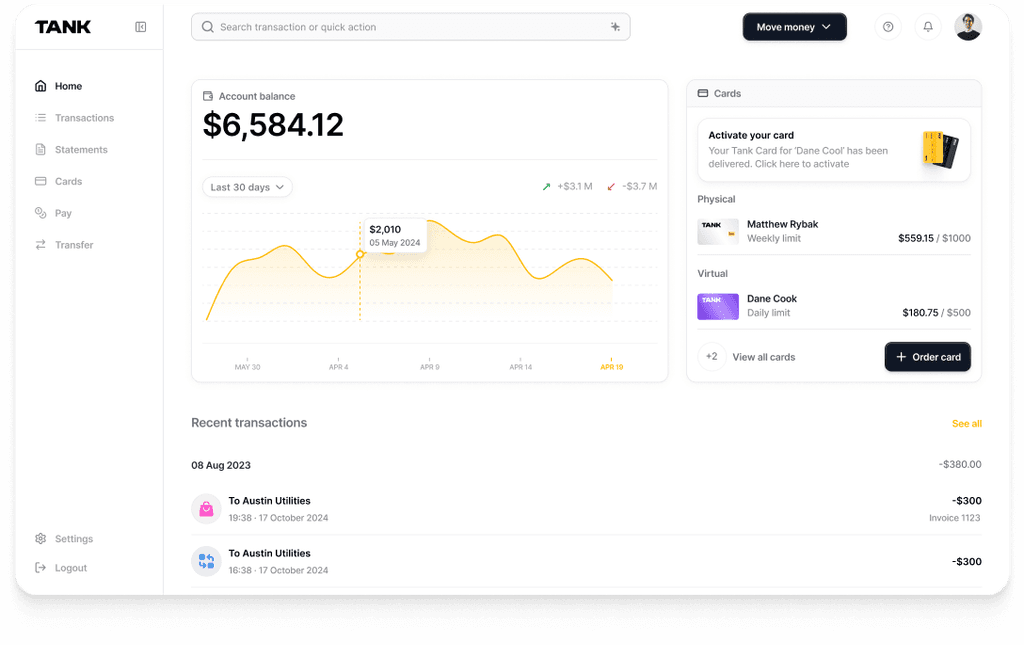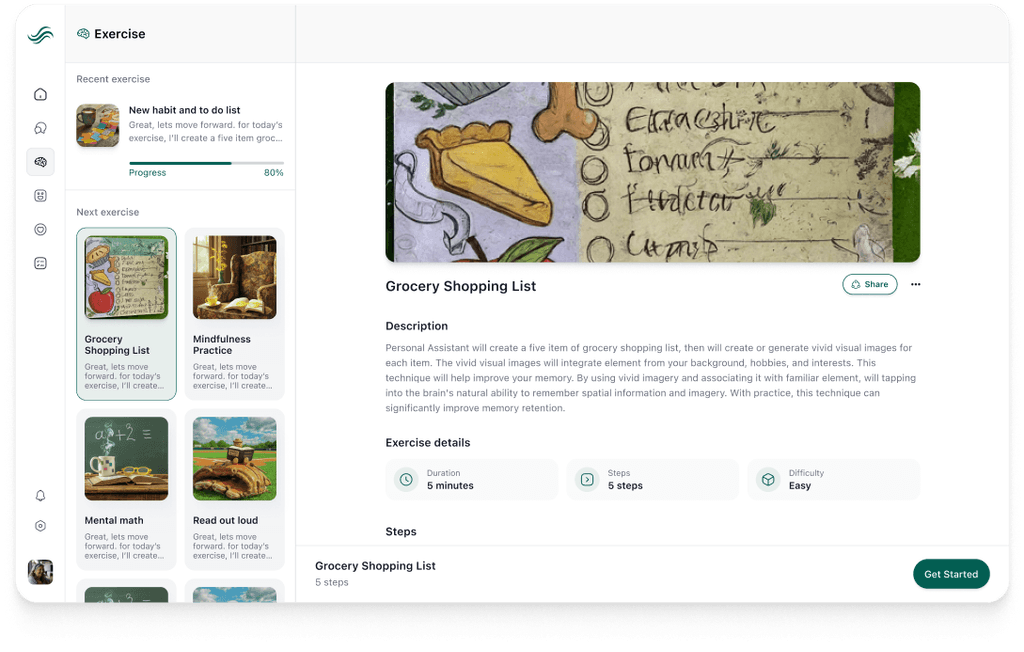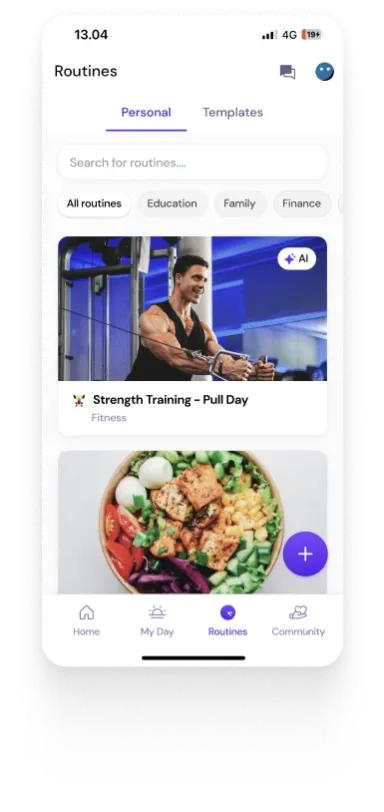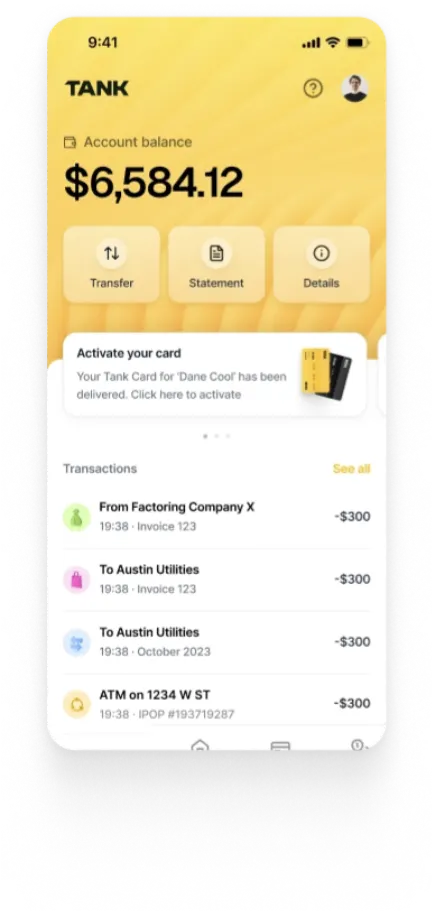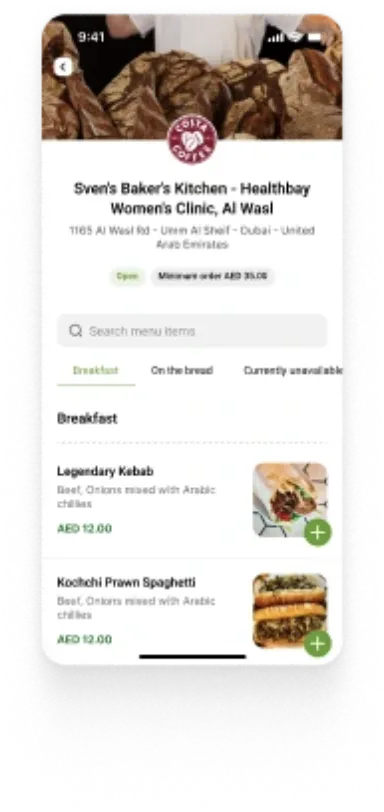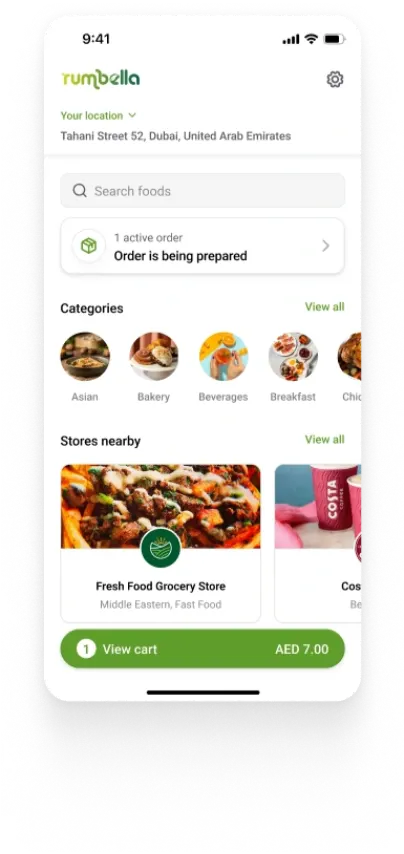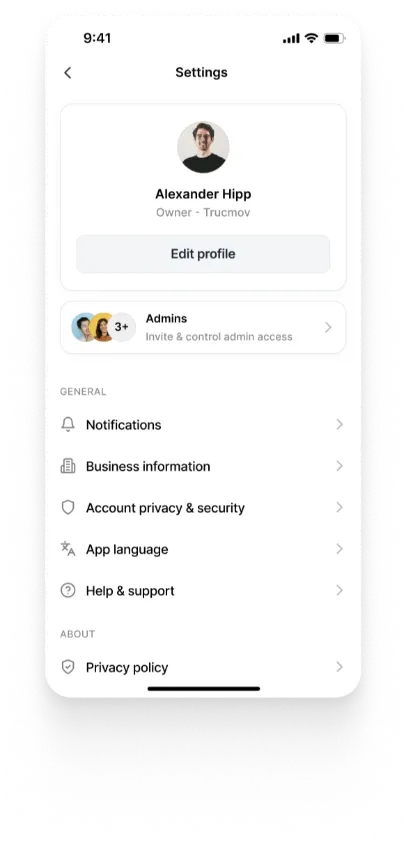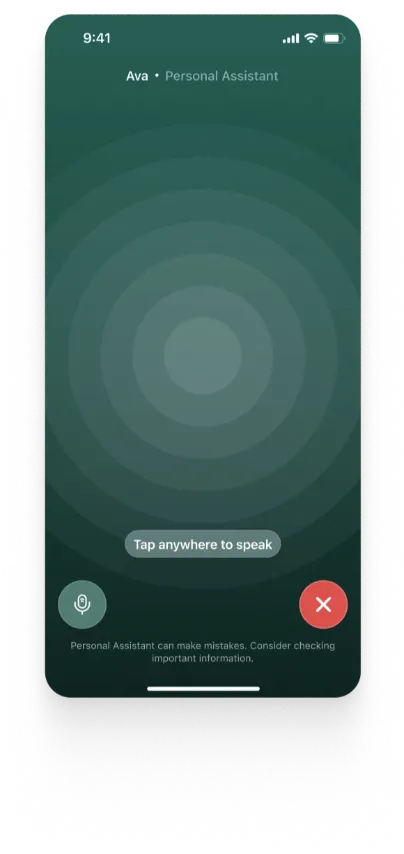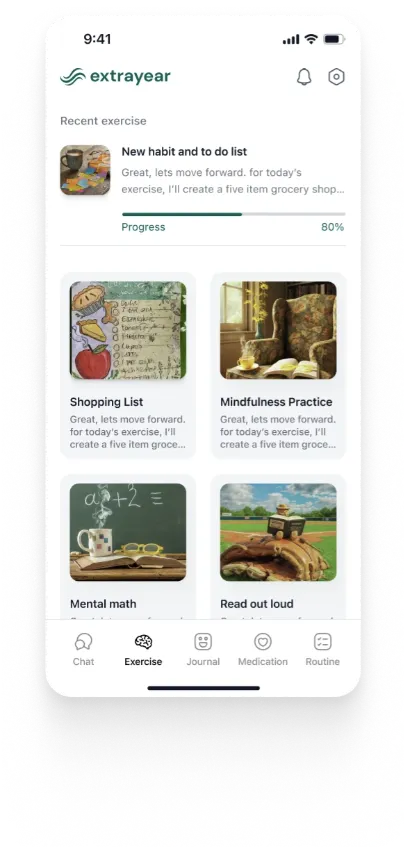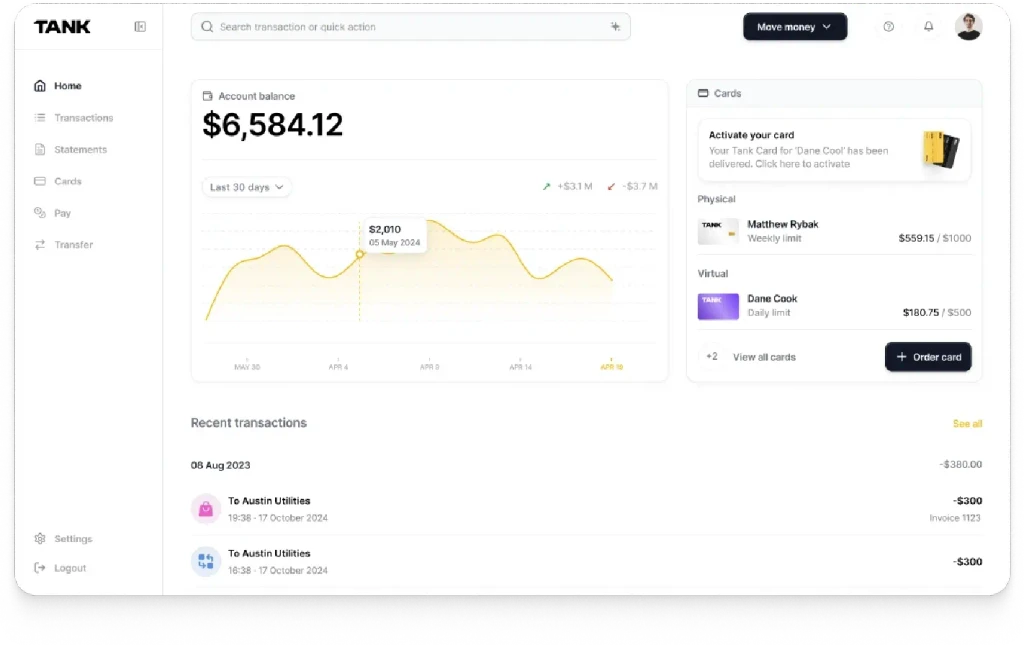SOC 2 Explained: Reports, Benefits, and Differences from HIPAA, FERPA, and COPPA
Summary
This article delves into SOC 2 compliance, detailing its importance for data security across five trust service principles. It contrasts SOC 2 Type I and Type II reports, outlines the benefits, and provides steps for achieving and maintaining compliance. It also compares SOC 2 with other regulatory standards like HIPAA, FERPA, and COPPA, emphasizing additional compliance requirements.
Key insights:
SOC 2 Framework: SOC 2 compliance assures stakeholders of an organization's commitment to robust data management and security protocols across five key dimensions, enhancing trust and operational transparency.
Types of Reports: The Type I report evaluates the design of controls at a specific point, while the Type II report assesses the operational effectiveness over a period, providing a deeper level of assurance about the organization’s controls.
Benefits of Compliance: Achieving SOC 2 compliance helps organizations improve their security measures, align with regulatory standards, mitigate risks, and build customer trust, providing a competitive edge in the market.
Obtaining SOC 2 Certification: The process involves determining relevant trust service principles, documenting controls, selecting an auditor, conducting the audit, addressing findings, and maintaining ongoing compliance.
Comparison with Other Standards: Although SOC 2 lays a solid foundation for security practices, compliance with other specific legal frameworks like HIPAA, FERPA, and COPPA requires additional measures and tailored procedures to fully meet their distinct requirements.
Introduction
The Cybersecurity Frameworks have comprehensively addressed the multidimensional nature of Information Security challenges across different sectors. The Regulatory Compliance standards relevant to ensuring data security have become an essential business requirement that responsible industrial stakeholders have highly prioritized.
The Service and Organization Controls 2 (SOC 2) is a widely recognized regulatory compliance standard that assures the effectiveness of an organization’s structures, controls, and processes related to several key dimensions including security, availability, processing integrity, confidentiality, and the privacy of customer data.
Developed by the American Institute of Certified Public Accountants (AICPA), SOC 2 compliance is a voluntary, but highly extolled regulatory compliance standard that delineates a service organization’s commitment to protecting its customer’s data and maintaining robust internal controls. It effectively serves as a valuable stamp of approval, particularly for companies operating in regulated industries or handling sensitive information, such as financial data, personal identifiable information (PII), or healthcare records.
In this article, we will explore what SOC 2 compliance is, its significance, the types of SOC 2 reports, the benefits of compliance, and the steps involved in obtaining and maintaining the certification. Lastly, we compare SOC 2 with other regulatory frameworks and identify additional steps, if any, required to achieve compliance.
What is SOC 2
SOC 2 compliance is a component of the Service Organization Control (SOC) reporting framework established by AICPA. The reports are designed to provide assurance about the effectiveness of an organization’s internal controls and processes related to trust services.
The SOC 2 report specifically focuses on five key ‘trust services principles’ that include:
1. Security: The system is protected against unauthorized access, use, or modification.
2. Availability: The system is available for operation and use to meet the organization’s commitments and system requirements.
3. Processing Integrity: System processing is complete, valid, accurate, timely, and operates as intended.
4. Confidentiality: Information designated as confidential is protected by limiting access, storage, and use.
5. Privacy: The collection, storage, processing, and disclosure of any PII must adhere to the organization’s privacy policy.
These five principles serve as the foundation for SOC 2 compliance, providing a comprehensive framework for evaluating an organization’s control environment and its ability to safeguard sensitive information.
Likewise, organizations can request an audit against one or more of these principles based on their business needs and the nature of the services they provide. By achieving SOC 2 compliance, organizations demonstrate their commitment to implementing and maintaining robust controls that not only align with the best practices in the industry but also enhance compliance with the regulatory requirements.
Types of SOC 2 Reports
There are two main types of reports that an organization can obtain from the SOC 2 regulatory compliance standard:
SOC 2 Type I Report
The Type I report is an attestation report that describes the organization’s systems, controls, designs, and the external auditor’s opinion on whether the design of the controls are compliant as of a specific date.
This type of report is a point-in-time evaluation which means that it reflects the state of the organization’s control at a particular point. It does not include testing of the operational effectiveness of the controls over a period of time.
The SOC 2 Type I report is generally less expensive and less time-consuming. It is often used as an initial step for organizations seeking SOC 2 compliance or as a part of due-diligence for potential customers.
SOC 2 Type II Report
On the other hand, the SOC 2 Type II report is a more comprehensive attestation report that includes detailed testing of the operational effectiveness of the controls at an organization in addition to everything included in the Type I report. This report is conducted over an extended period of time, usually between six to twelve months.
The Type II report provides a more in-depth analysis of how the organization’s controls are designed and operate in practice. It involves the external auditor performing various testing procedures.
Therefore, a SOC Type II report is generally considered more valuable as it provides a higher level of assurance to potential customers about the organization’s ability to maintain effective controls over an extended time period.
Organizations should carefully decide which report they are seeking as both of them have their advantages and disadvantages. While a Type I report can be obtained quicker, a Type II report can offer greater assurance to customers and potentially increase the likelihood of securing a potential client.
Benefits of SOC 2
The SOC 2 compliance optimizes the internal controls and processes that immensely support organizations in solidifying their commitments relevant to the ideals of enhanced customer data security. Likewise, there are numerous benefits of obtaining a SOC 2 audit that are as follows:
Enhanced overall Security Outlook
SOC 2 compliance requires the organizations to implement measures and security controls, thus complying with the compliance standards further strengthens the Security Outlook of the organization.
Compliance with Regulatory Compliance Standards
While adhering to the security compliance standards covered in SOC 2, organizations without any additional effort become in line with many other compliance frameworks.
Mitigation of Risks
SOC 2 audits aid organizations in strengthening their internal data security frameworks and mitigate risks relevant to data privacy and breaches. Organizations consistently undertaking SOC 2 audits become risk resilient and capable of addressing vulnerabilities in their processes and systems.
Supply Chain Due Diligence
Organizations regularly keep an active eye on their vendors and suppliers to ensure compliance with security standards. Having SOC 2 compliance can further simplify the procedures and incentivize onboarding new vendors and suppliers.
Higher Competitive Advantage
SOC 2 compliance is an emerging global customer demand and organizations having a SOC 2 compliant status have a lucid competitive advantage over their competitors in the marketplace.
Increase Customer Trust
The SOC 2 report functions as an independent validation of an organization’s controls. The external audit can increase customer confidence and trust, and answer any questions they have related to specific controls and processes.
Long-term Cost Saving
By identifying and addressing potential security risks early on, organizations can protect themselves against potential losses in the future as a result of security breaches.
Obtaining SOC 2 Certification
SOC 2 compliance applies to any service organization that deals with any sort of imperative customer data. Although it is not a legal requirement, still it has emerged as an essential customer demand. Here is a step-by-step guide on how organizations can obtain SOC 2 certification.

1. Determine Relevant Trust Service Principles: Identify which of the five trust service principles (security, availability, processing integrity, confidentiality, and privacy) are relevant to the organization’s services.
2. Develop and Document Controls: Once the relevant principles are identified, the organization should establish and document the necessary processes, policies, and controls to meet the criteria of those principles. This process may involve implementing new controls, updating existing ones, and ensuring that all controls are properly documented.
3. Choose an Auditor: Scope the available options and select a third-party certified public accounting firm that holds expertise in SOC 2 audits.
4. Conduct the Audit: Depending on the type of report you have chosen, this process may take anywhere from a few weeks to several months. During this stage, the organization should work closely with the auditing firm and provide them with documentation and access to any systems that they may require. Upon the completion of the audit, the auditing firm will issue a final SOC 2 report which includes their opinion on the organization’s compliance with the respective trust service principles.
5. Address Findings: If the auditors identify areas that need improvement, the organization should take effective corrective actions to address the issues.
6. Maintain Compliance: Continuously monitor and update systems to ensure they remain effective and compliant with the trust service principles. SOC 2 audits are generally re-conducted on a yearly basis.
Obtaining SOC 2 compliance can be a complex and resource intensive process. Prior to requesting an audit, the organization should ensure that enough time and resources are available for the process.
Comparing SOC 2 with other Compliance Standards
SOC 2 is a voluntary regulatory compliance that an organization can opt to obtain. However, there are several standards that must be met according to US federal law like the Health Insurance Portability and Accountability Act (HIPAA), Family Educational Rights and Privacy Act (FERPA), and Children’s Online Privacy Protection Act (COPPA). In this section, we review HIPAA, FERPA, and COPPA by identifying their objectives as well as the additional requirements needed to be compliant with each of these after achieving SOC 2.
HIPAA
HIPAA is a US federal law designed to provide privacy standards to protect patients’ medical records held by entities such as healthcare providers. It is focused on protecting sensitive patient information with specific requirements for privacy, security, and breach notifications.
In order to be compliant with HIPAA after obtaining SOC 2 certification, organizations need to take several additional steps including:
Implement HIPAA-specific policies and procedures for handling protected health information (PHI).
Conduct regular risk assessments specific to PHI.
Ensure appropriate access controls, encryption, and audit trails for PHI.
Providing HIPAA training to all employees and enforcing workforce compliance.
Implement Business Associate Agreements (BAAs) with third-party service providers that handle PHI.
Implement response and breach notification procedures in case of PHI breaches.
FERPA
FERPA is a US federal law that protects the privacy of student education records. It applies to all educational institutions that receive federal funding. It outlines requirements for accessing, disclosing, and securing student records. The act provides parents and eligible students certain rights regarding their educational records such as the right to inspect and review student records.
To achieve FERPA compliance after obtaining SOC 2, organizations need to take additional steps including:
Establish policies and procedures for accessing, disclosing, and securing student education records.
Provide FERPA training to all employees and enforce workforce compliance.
Implement procedures for handling requests from parents and students to inspect and review educational records.
Ensure appropriate data security measures are in place for student records, including encryption and backup procedures.
COPPA
COPPA is a US federal law that regulates the online collection of personal information by organization from children under the age of 13. The act requires that all websites and online services obtain parental consent before collecting personal information from children. In addition to this, the act also specifies what data can be collected and how it is collected.
To achieve COPPA compliance after obtain SOC 2, organizations must take the following additional steps:
Implement verifiable age verification mechanisms to identify users under the age of 13.
Obtain parental consent before collecting, using, or disclosing personal information of children under 13.
Provide clear and comprehensive privacy policies regarding the collection and use of children’s personal information.
Provide reasonable means for a parent to review the personal information collected from a child and to refuse to permit its further use or maintenance.
Ensure compliance with COPPA’s data retention and disposal requirements for children’s personal information.
It is important to note that while SOC 2 can provide a strong foundation for security and operational practices for HIPAA, FERPA, AND COPPA, achieving complete compliance with these regulations requires additional tailored measures and procedures.
Conclusion
In conclusion, obtaining SOC 2 compliance has become an essential requirement for organizations that handle sensitive data. By undergoing a SOC 2 audit and obtaining its compliance, organizations can demonstrate their commitment to making robust information security practices and controls which can yield significant benefits like increasing customer trust.
However, it is important to note that SOC 2 compliance does not guarantee compliance with other frameworks like HIPAA, COPPA, and FERPA. Companies dealing with protected health information, student educational records, and children’s information must implement additional controls to remain compliant with the respective regulatory frameworks.
Authors
References
https://secureframe.com/hub/soc-2/what-is-soc-2
https://secureframe.com/hub/soc-2/why-is-soc-2-important
https://www.imperva.com/learn/data-security/soc-2-compliance/
https://thoropass.com/university/soc-2-type-1-vs-type-2/
https://www.auditboard.com/blog/soc-2-framework-guide-the-complete-introduction/
https://www.vanta.com/resources/which-industries-are-most-likely-to-ask-for-a-soc-2-report
https://www2.ed.gov/policy/gen/guid/fpco/ferpa/index.html
https://www.ecfr.gov/current/title-16/chapter-I/subchapter-C/part-312













